Oregano is one of those herbs that instantly evokes memories of Mediterranean kitchens — think bubbling tomato sauces, roasted vegetables, or wood-fired pizzas. But if you’ve ever tried growing oregano at home only to find it lacking that bold, earthy punch you get from store-bought dried oregano, you’re not alone.
The secret to growing oregano that actually tastes strong lies not just in the variety you choose, but in how you grow, harvest, and dry it. This flavorful perennial herb develops its richest oils — the source of its aroma and taste — under specific conditions.
Whether you’re tending a kitchen garden, balcony pots, or a sunny windowsill, this step-by-step guide will help you cultivate oregano bursting with the robust flavor that makes Mediterranean cooking so irresistible.
Why Oregano’s Flavor Varies
Oregano’s strength and aroma come from essential oils like carvacrol and thymol. The concentration of these oils depends on several factors:
- Sun exposure: The more sun oregano gets, the higher its oil content — and the stronger the flavor.
- Soil quality: Lean, slightly dry soil encourages more intense flavor, while rich, moist soil leads to milder leaves.
- Watering habits: Overwatering dilutes flavor compounds.
- Harvest timing: The stage of growth when you harvest dramatically affects taste.
In other words, a little stress — such as hot weather and modest watering — is actually good for your oregano’s flavor.
Step 1: Choose the Right Oregano Variety
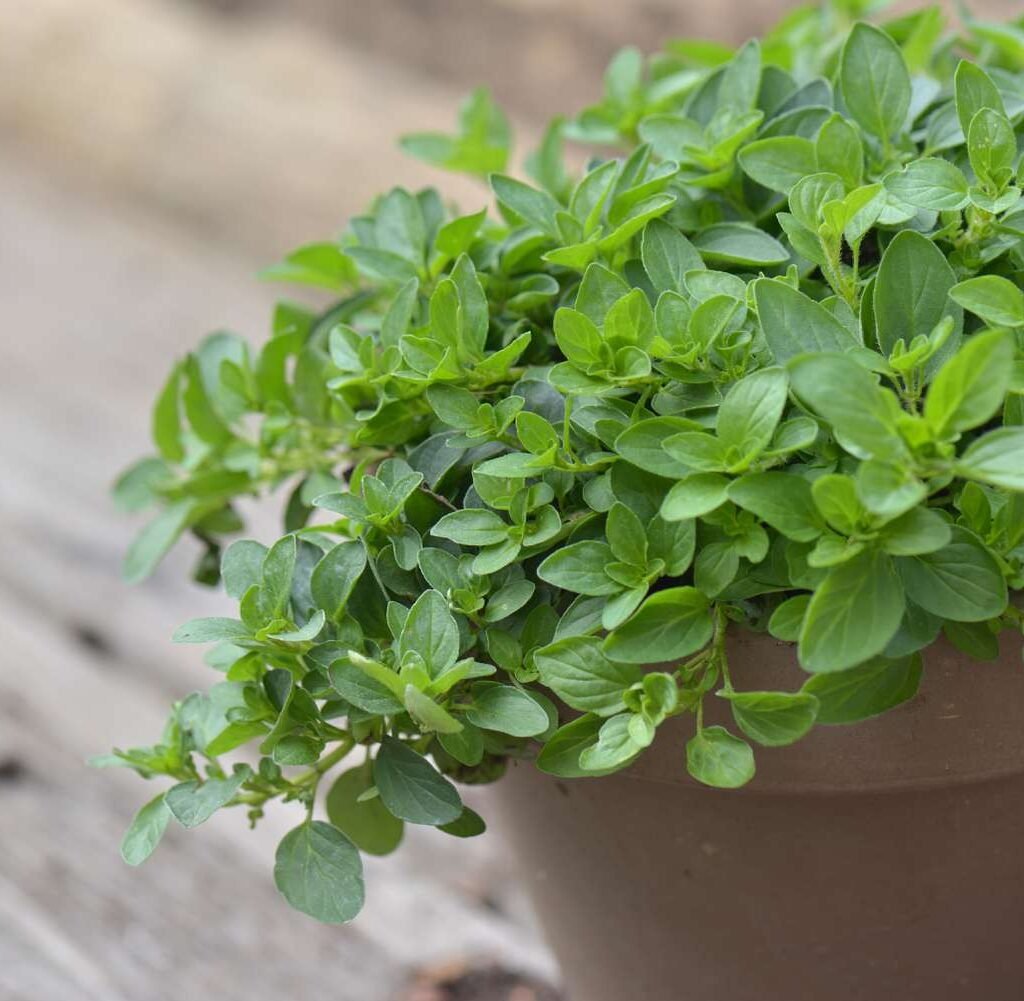
Not all oregano is created equal. Some types are ornamental and mild, while others pack the punch you’re looking for.
Here are the best-tasting oregano varieties to grow for strong flavor:
- Greek Oregano (Origanum vulgare subsp. hirtum) – The classic Mediterranean variety used in pizza and pasta. Intense, peppery, and aromatic.
- Italian Oregano – A hybrid of oregano and marjoram with a slightly sweeter, balanced flavor.
- Turkish Oregano – Robust and spicy, great for marinades and grilled dishes.
- Syrian Oregano (Origanum syriacum) – Also known as za’atar oregano; bold, citrusy, and earthy.
- Wild Oregano (Origanum vulgare) – Common and easy to grow, but typically milder unless grown in hot, dry conditions.
Tip: For the strongest flavor, Greek oregano is your best bet — it thrives in heat and dry soil, which naturally boosts oil concentration.
Step 2: Planting Oregano — Indoors or Outdoors
Oregano is adaptable and easy to grow, whether you start it from seeds, cuttings, or nursery plants.
Starting from Seed:
- Begin indoors 6–8 weeks before the last frost.
- Sow seeds lightly on the surface of a seed tray filled with well-draining potting mix.
- Press them gently (don’t bury — they need light to germinate).
- Keep moist but not wet; seeds germinate in 7–14 days at around 70°F (21°C).
Transplanting Outdoors:
- Move seedlings outside once nighttime temperatures are consistently above 50°F (10°C).
- Choose a sunny location — oregano needs at least 6–8 hours of direct sunlight daily.
- Space plants 12–18 inches apart to allow air circulation.
Container Growing:
- Use a pot with excellent drainage (terracotta works best).
- A 10–12 inch container per plant is ideal.
- Make sure it receives full sun — a bright windowsill or balcony works perfectly.
Step 3: Prepare the Right Soil
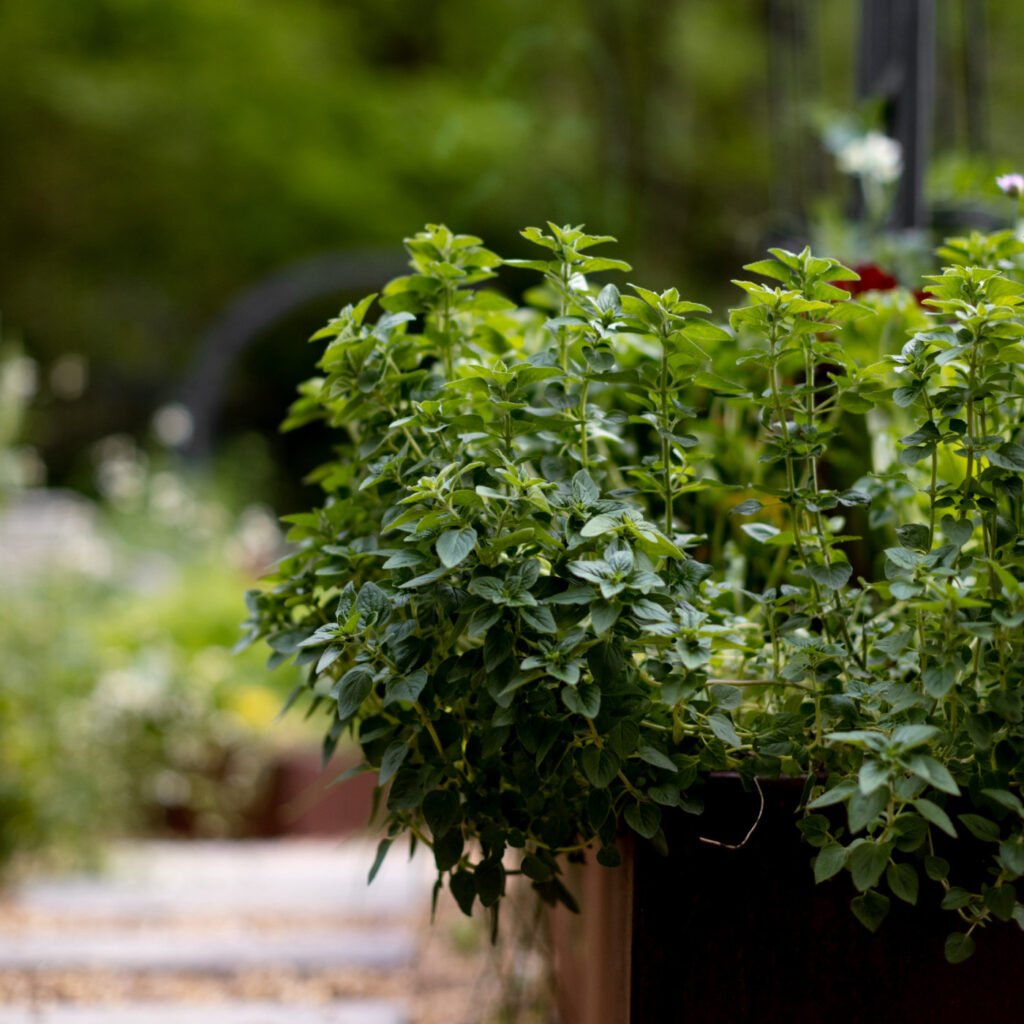
For flavor, oregano actually prefers poor soil. Rich, nitrogen-heavy soil produces lush green leaves but dilutes essential oils — the opposite of what you want.
Ideal soil conditions:
- pH: 6.0–8.0 (slightly alkaline is fine).
- Texture: Sandy or loamy.
- Drainage: Excellent — standing water leads to root rot.
Perfect soil mix for containers:
- 2 parts regular potting mix
- 1 part coarse sand or perlite
- 1 part compost (optional)
You can also add a small handful of crushed limestone to raise alkalinity slightly, mimicking the rocky Mediterranean terrain where oregano thrives.
Flavor tip: The poorer and drier the soil, the stronger the taste. Don’t pamper oregano too much!
Step 4: Watering for Strong Flavor
Oregano loves heat and dry conditions. Overwatering not only causes weak growth but also dilutes the concentration of essential oils that give the herb its flavor.
Watering guide:
- Allow soil to dry out between waterings.
- Water deeply once a week in mild weather; twice weekly in very hot climates.
- Reduce watering significantly in cooler months or during dormancy.
In pots: Ensure proper drainage holes. If you’re unsure whether to water, wait another day — oregano is far more tolerant of drought than excess moisture.
Avoid automatic watering systems for oregano — they tend to overwater.
Step 5: Sunlight and Temperature
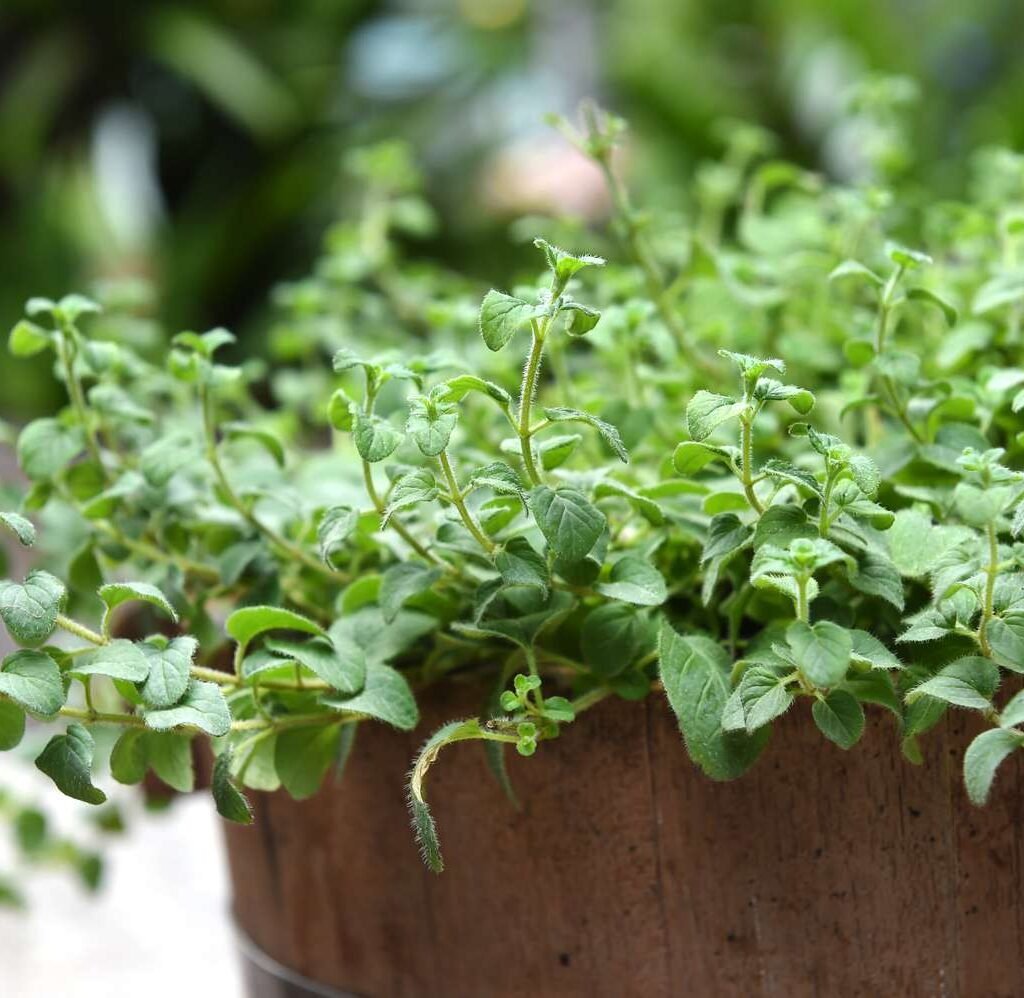
Sunlight is the most critical factor for producing strong-flavored oregano.
- Full sun (6–8+ hours daily) is non-negotiable for intense oils.
- If growing indoors, place near a south-facing window or use grow lights for 12–14 hours per day.
- Ideal temperature range: 65–80°F (18–27°C).
If you live in a humid or cloudy area, consider planting oregano in a raised bed or near reflective surfaces to increase heat and light exposure.
Fun fact: The hottest, driest summers produce the spiciest oregano.
Step 6: Pruning and Pinching
Regular pruning helps oregano stay compact, bushy, and flavorful. It also prevents it from getting woody and leggy.
How to prune for flavor:
- Once plants reach 4–6 inches tall, start pinching back the top growth to encourage side shoots.
- Avoid letting the plant flower early — flowering reduces leaf oils and flavor.
- If flowers do appear, snip them off right away.
Throughout the season, prune oregano lightly every few weeks to stimulate new, flavorful leaves.
Tip: The best-tasting leaves are harvested just before the plant blooms — when oil content peaks.
Step 7: Harvesting Oregano for Maximum Flavor
Timing is everything when it comes to harvesting oregano that packs a punch.
When to harvest:
- Wait until the plant is at least 4–5 inches tall.
- The ideal moment is right before flowering when essential oil levels are highest.
- Harvest in the morning after dew has dried but before the midday sun.
How to harvest:
- Cut stems about ⅓ of the way down with clean scissors or pruning shears.
- Never remove more than one-third of the plant at a time to keep it healthy.
Use fresh leaves immediately, or move on to drying to concentrate the flavor even further.
Step 8: Drying and Storing Oregano
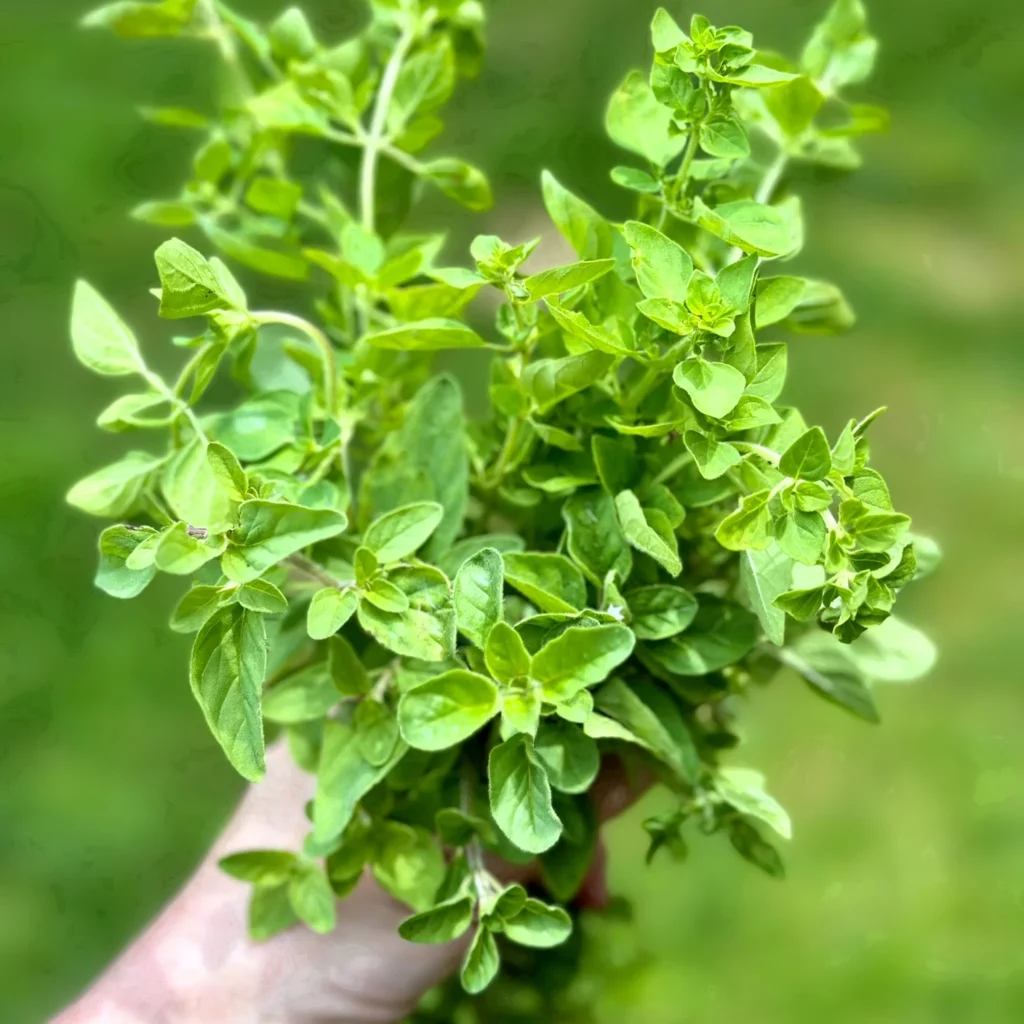
Proper drying is what transforms oregano from mild to mouthwatering. Drying not only preserves the herb but also intensifies its natural oils, giving you that rich aroma found in store-bought oregano.
Drying methods:
- Air Drying:
- Bundle small bunches and hang them upside down in a warm, dry, dark place with good airflow.
- Takes about 7–10 days.
- Oven Drying:
- Spread leaves on a baking sheet.
- Dry at lowest temperature (around 100–110°F / 37–43°C) with the oven door slightly open.
- Check every 15 minutes to prevent burning.
- Dehydrator:
- Perfect if you dry herbs often. Set to 95°F (35°C) and dry for 2–4 hours.
Storage tips:
- Store dried oregano in airtight glass jars away from light and heat.
- Crush leaves gently between your palms before using to release oils.
- Use within 6–12 months for best flavor.
Bonus: Dried oregano often tastes stronger than fresh — perfect for seasoning sauces, pizzas, and roasted vegetables.
Step 9: Troubleshooting Weak Flavor
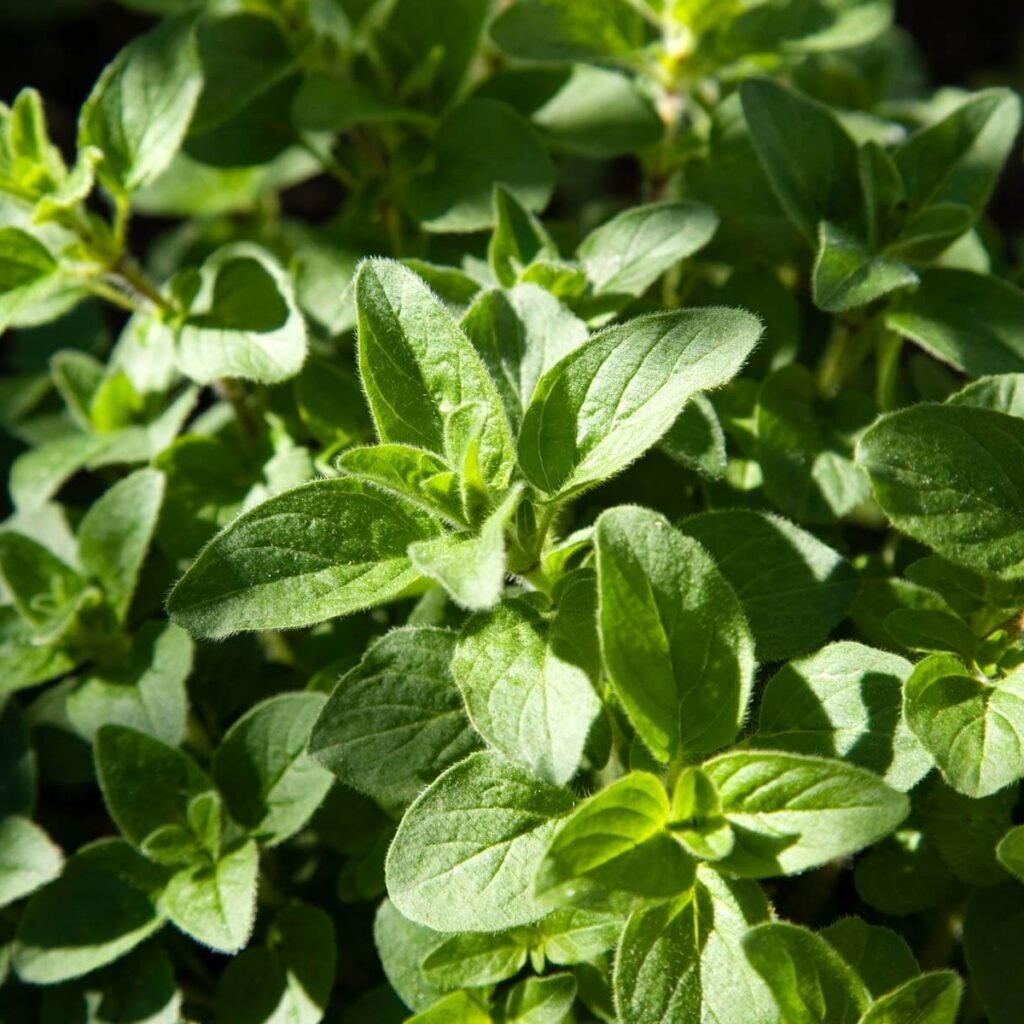
If your oregano still tastes bland, don’t worry — these simple adjustments can make a big difference:
| Problem | Likely Cause | Quick Fix |
|---|---|---|
| Leaves taste mild | Too much water or rich soil | Reduce watering; avoid fertilizer |
| Pale, leggy growth | Too little sunlight | Move to a sunnier spot or use grow lights |
| Bitter or tough leaves | Allowed to flower or too old | Harvest younger growth and prune regularly |
| Weak aroma after drying | Dried in sunlight or too hot | Always dry in shade or at low temperature |
Final Thoughts
Growing oregano that actually tastes strong isn’t difficult — it’s about replicating the plant’s native Mediterranean conditions: full sun, lean soil, and a little stress.
When you strike that balance, oregano rewards you with intensely fragrant, flavorful leaves that transform every dish they touch. From fresh sprigs tossed in salad dressings to dried herbs sprinkled over roasted vegetables, your homegrown oregano will have that punchy, authentic flavor you can’t get from store-bought jars.
So let your oregano bask in the sunshine, sip water sparingly, and embrace the heat — because the tougher the growing conditions, the stronger the taste.
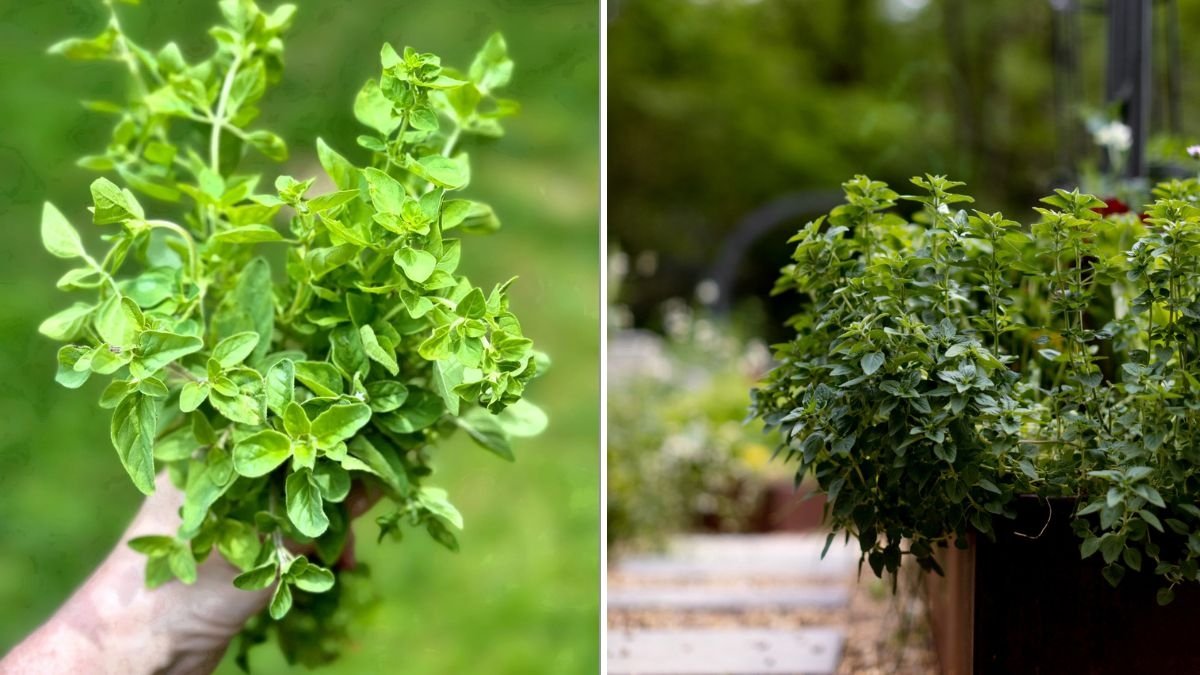





Leave A Comment